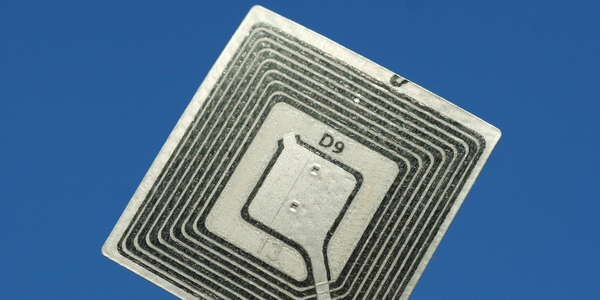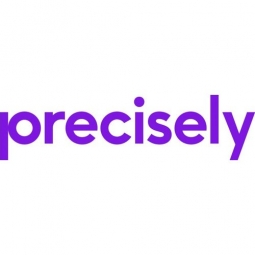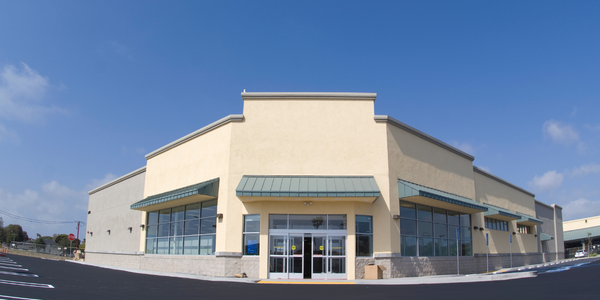公司规模
Mid-size Company
地区
- Europe
国家
- United Kingdom
产品
- Assure Monitoring and Reporting
- IBM POWER 814
技术栈
- IBM i Journaling
- Splunk
实施规模
- Enterprise-wide Deployment
影响指标
- Customer Satisfaction
- Digital Expertise
技术
- 应用基础设施与中间件 - 数据库管理和存储
- 网络安全和隐私 - 安全合规
适用行业
- 服装
适用功能
- 商业运营
用例
- 监管合规监控
- 远程资产管理
服务
- 系统集成
关于客户
David Nieper Ltd is a renowned designer and manufacturer of luxurious women's fashion, established in 1961 in Alfreton, Derbyshire, UK. The company is known for its high-quality designs and exceptional customer service, selling directly to customers via mail order and the Internet. With a commitment to UK manufacturing, David Nieper employs over 230 skilled staff, including designers, garment cutters, dressmakers, and seamstresses. The company has a strong reputation for quality, comfort, and style, with a significant portion of its customer base located overseas. Trust and customer relationships are central to its operations, with a focus on safeguarding personal and financial data.
挑战
David Nieper Ltd, a multinational company with offices in the UK, France, Germany, and Holland, faced the challenge of meeting the highest standards of PCI-DSS compliance. The IT team needed a solution that could efficiently report on audit data contained in IBM i journals across all LPARs. Key requirements included real-time email reporting for exceptions, central management implementation, daily email reports summarizing journal entries, ad hoc report generation, and data integration with a Splunk platform. The solution needed to be straightforward to implement without impacting the performance of underlying applications.
解决方案
David Nieper Ltd selected Assure Monitoring and Reporting to address their compliance needs. The solution was chosen for its ease of installation, customization capabilities, and compatibility with in-house systems. It supports various report output types, event notifications, and report distribution methods. The solution leverages IBM i journaling functionality to record database changes, enabling regulatory compliance through accurate and readable reports. Assure Monitoring and Reporting is scalable, minimally impacts system performance, and is compatible with commonly used ERP systems on IBM i. The implementation was supported by Precisely's UK partner, Rowton IT Solutions Ltd, and was completed in days across multiple LPARs.
运营影响

Case Study missing?
Start adding your own!
Register with your work email and create a new case study profile for your business.
相关案例.

Case Study
Fire Alarm System and Remote Monitoring Sytem
Fire alarm systems are essential in providing an early warning in the event of fire. They help to save lives and protect property whilst also fulfilling the needs of insurance companies and government departments.Fire alarm systems typically consist of several inter-linked components, such as smoke detectors, heat detector, carbon monoxide, manual call points, sounders, alarm and buzzer. The fire alarm system should give immediate information in order to prevent the fire spread and protect live and property.To get maximum protection a shoe manufacturer in Indonesia opted for a new fire alarm system to monitor 13 production sites spread over 160 hectars. Although the company had an existing fire alarm system, it could not be monitored remotely.It was essential that the new system would be able to be monitored from a central control room. It needed to be able to connect to the existing smoke detector and manual call point. Information should be easily collected and passed on to the Supervisory Control and Data Acquisition (SCADA) system. Furthermore, the system should have several features such as alarm management, auto reporting, being connected to many client computers without additional cost, and run 24/7 without fails. The company also needed a system which could be implemented without changing the architecture of the existing fire alarm system.

Case Study
IoT Applications and Upgrades in Textile Plant
At any given time, the textile company’s manufacturing facility has up to 2,000 textile carts in use. These carts are pushed from room to room, carrying materials or semi-finished products. Previously, a paper with a hand-written description was attached to each cart. This traditional method of processing made product tracking extremely difficult. Additionally, making sure that every cart of materials or semi-finished products went to its correct processing work station was also a problem. Therefore, the company desired an intelligent solution for tracking assets at their factories. They also wanted a solution that would help them collect process data so they could improve their manufacturing efficiency.

Case Study
Retailer Uses RFID Scanner to Improve Efficiency
Patrizia Pepe wished to improve the logistics of their warehouse: accepting incoming goods from their production sites, movement of items throughout
the warehouse, and packaging of goods for distribution to the retail locations. They initially tried to use barcodes for this function. Because barcodes must be individually scanned within a line-of-sight, the acceptance of goods coming into the warehouse was too time consuming. Working with the University of Florence, Patrizia Pepe instituted a five-month pilot project beginning in August of 2009 to test the validity of an RFID solution. The pilot involved tagging of about 60,000 items for the second seasonal collection, and convinced the company to move forward with tagging all items.

Case Study
Monitoring and Controlling Automatic Mixing and Dispensing Machines
As technology advances, textile manufacturing has been transformed from a labor-intensive to a partially or fully automated industry. Automation is significant in all segments of textile production - from spinning to printing, and textile machinery manufacturers are constantly searching for new technologies and automation processes will increase the productivity of their machines. The color paste mixing and dispensing machine is an essential part of the printing and dyeing process. With the advantage of automatically computerized controls and database management, the system can significantly improve its dispensing precision, working efficiency and production quality as well as reducing material consumption.









